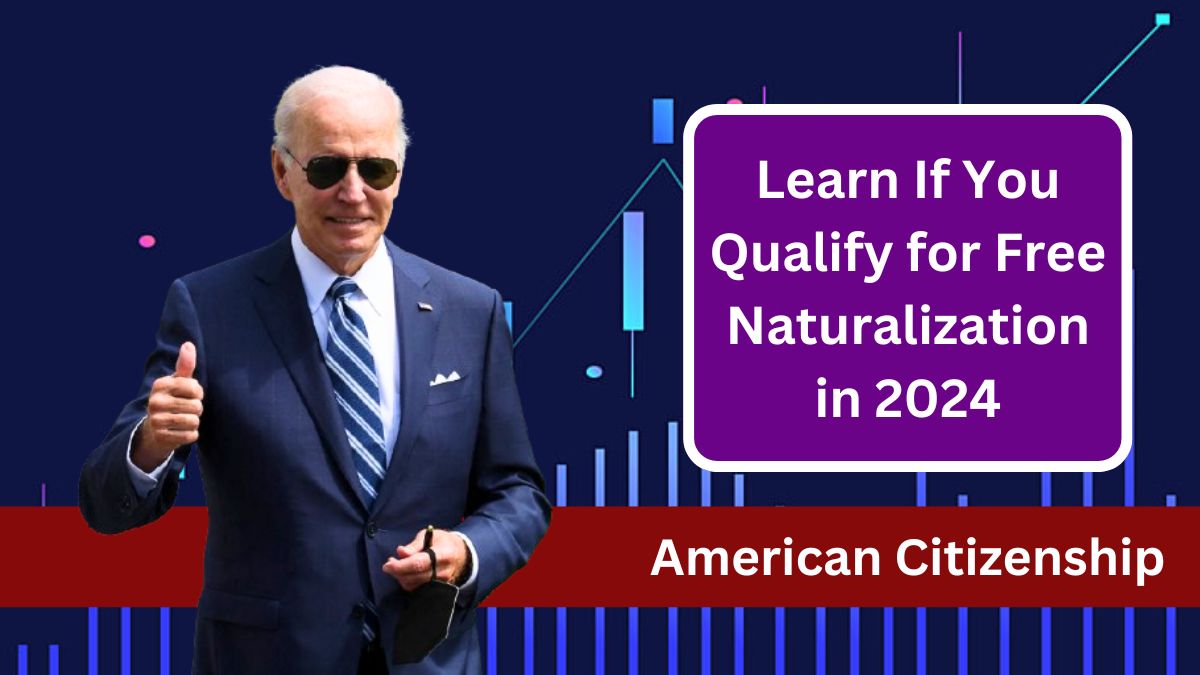Acquiring American citizenship can be costly, but there are options available to help reduce or eliminate the fees. For individuals who face financial challenges, a fee waiver can make the naturalization process more affordable. In this article, we’ll explain who qualifies for a fee waiver and guide you through the steps to apply for U.S. citizenship without paying fees.
Fee Waiver
The fee waiver is designed for individuals who cannot afford the application fees for naturalization. According to the U.S. Citizenship and Immigration Services (USCIS), you may qualify for a fee waiver if you meet one of the following criteria:
- Receiving Public Benefits: If you are enrolled in public assistance programs like Medicaid, Supplemental Nutrition Assistance Program (SNAP), or Temporary Assistance for Needy Families (TANF), you could be eligible.
- Income Below 150% of the Poverty Level: Your household income must be at or below 150% of the Federal Poverty Guidelines.
- Exceptional Economic Hardship: If you are facing significant financial difficulties, such as unexpected medical expenses or loss of employment, you may qualify for a fee waiver.
Additionally, people with disabilities may also qualify for the waiver, especially if their condition prevents them from meeting the income requirements.
| Qualification Criteria | Examples of Supporting Evidence |
|---|---|
| Public Benefits | Enrollment in programs like SNAP, Medicaid |
| Income Below 150% of Poverty Level | Recent tax returns, pay stubs, or other proof |
| Exceptional Economic Hardship | Medical bills, unemployment records |
Steps to Apply for Citizenship
If you believe you qualify for a fee waiver, follow these steps to submit your application for U.S. citizenship without paying the standard fees.
1. Verify Your Eligibility
Before starting the application, confirm that you meet the eligibility criteria for a fee waiver. Check whether you are receiving public benefits or if your household income falls below 150% of the federal poverty level. You can use the Federal Poverty Guidelines to determine if your income qualifies.
2. Complete Form I-912
The Form I-912 is essential to requesting a fee waiver. When filling out this form, ensure that you:
- Provide accurate personal information.
- Clearly indicate why you are requesting a waiver (public benefits, low income, or economic hardship).
- Attach supporting documents to prove your eligibility (e.g., public benefits notice, tax returns, or evidence of economic hardship).
3. Submit Form
When applying for U.S. citizenship, the Form N-400 is used to begin the naturalization process. If you are requesting a fee waiver, submit Form I-912 along with Form N-400 and any necessary supporting documentation to the USCIS.
Ensure that both forms are submitted together, as the fee waiver request must accompany the naturalization application.
4. Wait for USCIS Response
After submitting your application and fee waiver request, the USCIS will review your forms and supporting documents. If your fee waiver is approved, you will proceed with the naturalization process without paying the application fee.
You can track your application status online through the USCIS Case Status tool. Be patient, as the processing time for fee waiver requests can vary.
Successful Fee Waiver
- Provide Clear Evidence: Make sure your documentation is current and comprehensive. Include everything from public benefit letters to income verification and medical bills if applicable.
- Double-Check Your Forms: Ensure that all forms are completed accurately, and double-check that all required documents are included.
- Submit on Time: Be sure to send your application forms and fee waiver request to USCIS as instructed and within any applicable deadlines.
| Step | Action |
|---|---|
| 1. Verify Eligibility | Check if you qualify based on income or benefits |
| 2. Complete Form I-912 | Fill out the fee waiver request form |
| 3. Submit Form I-912 with Form N-400 | Send both forms and supporting documents to USCIS |
| 4. Await USCIS Response | Monitor the progress of your application |
Applying for U.S. citizenship can be a financially burdensome process, but a fee waiver can alleviate some of the costs for those facing financial challenges. By following the steps outlined above—verifying your eligibility, completing Form I-912, and submitting it with Form N-400—you can move closer to achieving citizenship without paying the full fees.
If you qualify for the fee waiver, this financial relief can make the dream of becoming an American citizen more accessible. Remember, careful planning and thorough documentation will improve your chances of a successful fee waiver request.
FAQs
Who qualifies for a citizenship fee waiver?
Individuals receiving public benefits, those with income below 150% of the poverty level, or those facing exceptional economic hardship.
What is Form I-912?
Form I-912 is the Request for Fee Waiver, used to apply for a waiver of the fees associated with naturalization.
Can people with disabilities apply for a fee waiver?
Yes, individuals with disabilities may be eligible for a fee waiver, especially if their condition affects their financial situation.
How do I submit my fee waiver request?
Submit Form I-912 along with your Form N-400 to the USCIS, including all required supporting documentation.
How long does it take for USCIS to approve a fee waiver?
Processing times can vary, but you can monitor your case status online using the USCIS Case Status tool.











